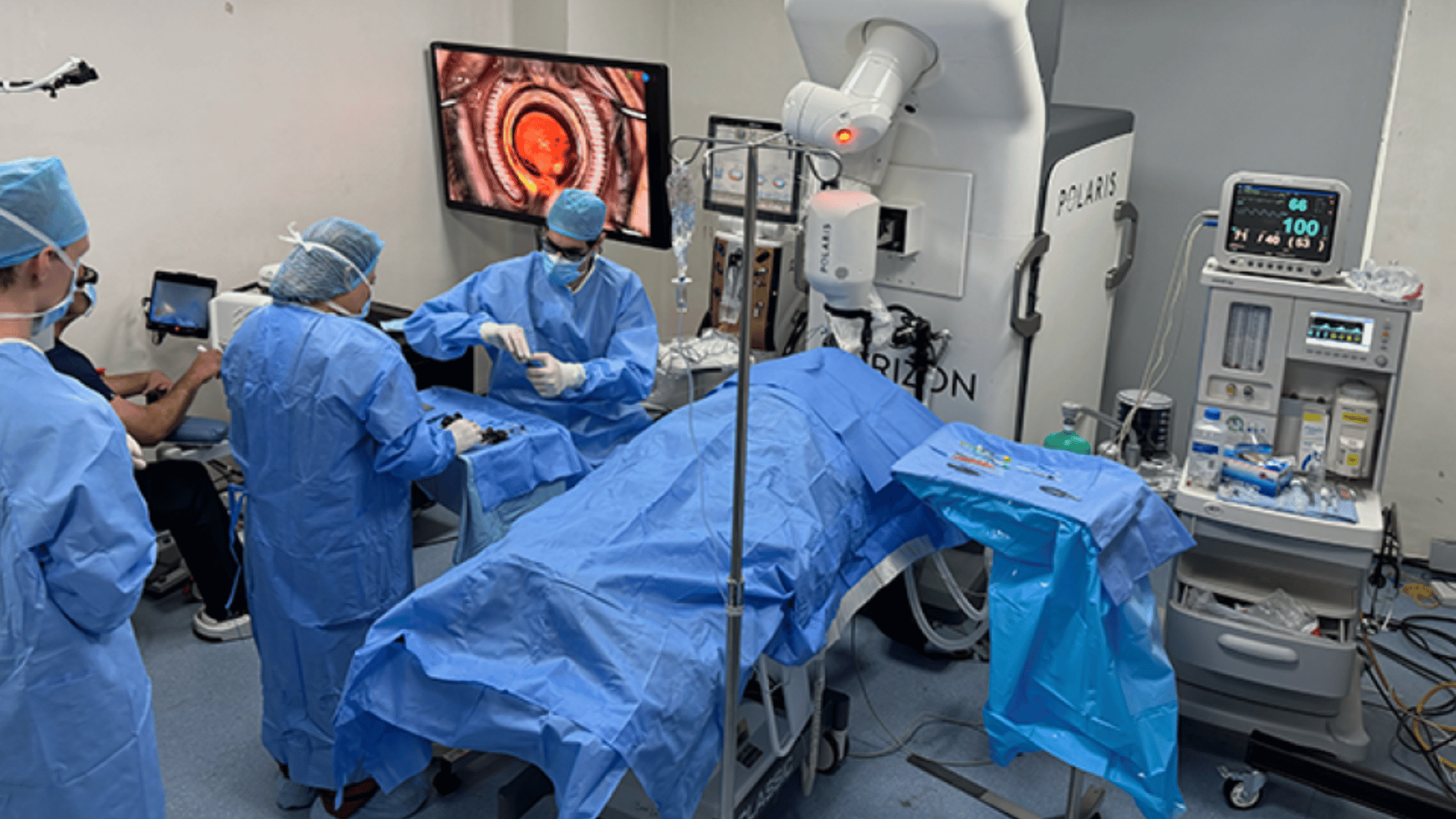A new study published in the journal Environmental Microbiome reports that Norway spruce trees concentrate gold nanoparticles using their own resident bacteria.
“Our results suggest that bacteria and other microbes living inside plants may influence the accumulation of gold in trees,” lead study author Kaisa Lehosmaa, an ecologist at the University of Oulu in Finland, said in a statement.
Gold Growing on Trees?

The bacteria, called endophytes, are symbiotic microorganisms that facilitate functions such as hormone production and nutrient absorption. In the spruce trees, these bacteria isolate soluble gold particles that the trees absorb through their roots in water.
Living things control the formation of minerals in their tissues through a series of processes, which is a form of biomineralization. The endophytes likely concentrated the particles to reduce their toxicity in this instance.
The researchers examined spruce trees near the Kittilä mine in northern Finland, which is the largest gold producer in Europe. The researchers examined 138 needle samples from 23 spruce trees, finding that needles from four of the trees contained gold nanoparticles.
The nanoparticles were surrounded by biofilms created by bacterial genera such as P3OB-42, Cutibacterium, and Corynebacterium. These films are comprised of polysaccharides (complex sugars) and protein compounds produced by the bacteria, enabling them to persist within the plant tissues.
“Our recent study provides preliminary evidence of how gold moves into plant shoots and how gold nanoparticles can form inside needles,” Dr Lehosmaa explains. “In the soil, gold is present in a soluble, liquid form. Carried by water, the gold moves into spruce needles. The tree’s microbes can then precipitate this soluble gold back into solid, nanosized particles.”
The correlation between the nanoparticles and bacterial biofilms suggested that the bacteria were responsible for sequestering the gold. Notably, the needles containing gold showed lower diversity of bacterial species, which correlates with previous studies of plants with high concentrations of metals in their tissues.
Though the gold particles only measure one millionth of a meter, the metal’s presence may be a helpful indicator of gold deposits beneath the surface. This could lead to the development of bio-based and environmentally friendly mineral exploration methods.







